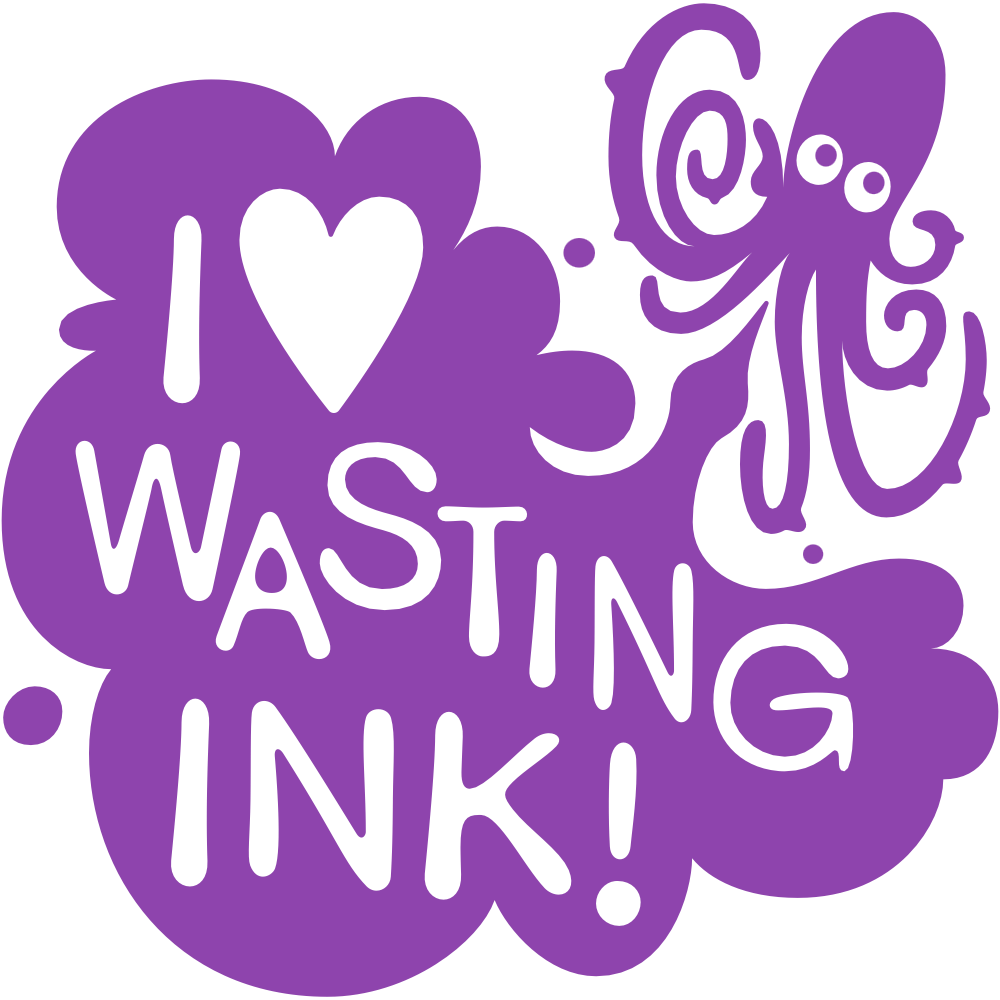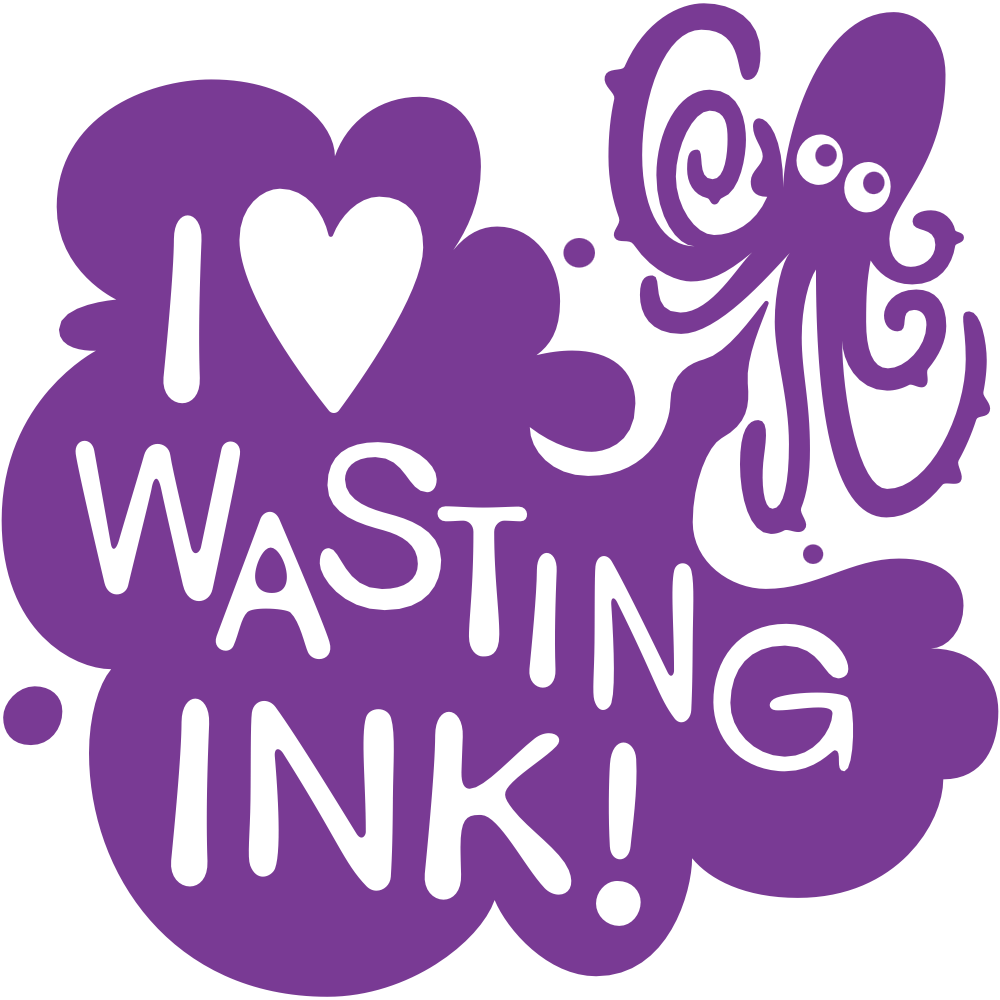Day 37 (May 19, 2017)
Ishii, Tokushima → Hachiman, Tokushima City
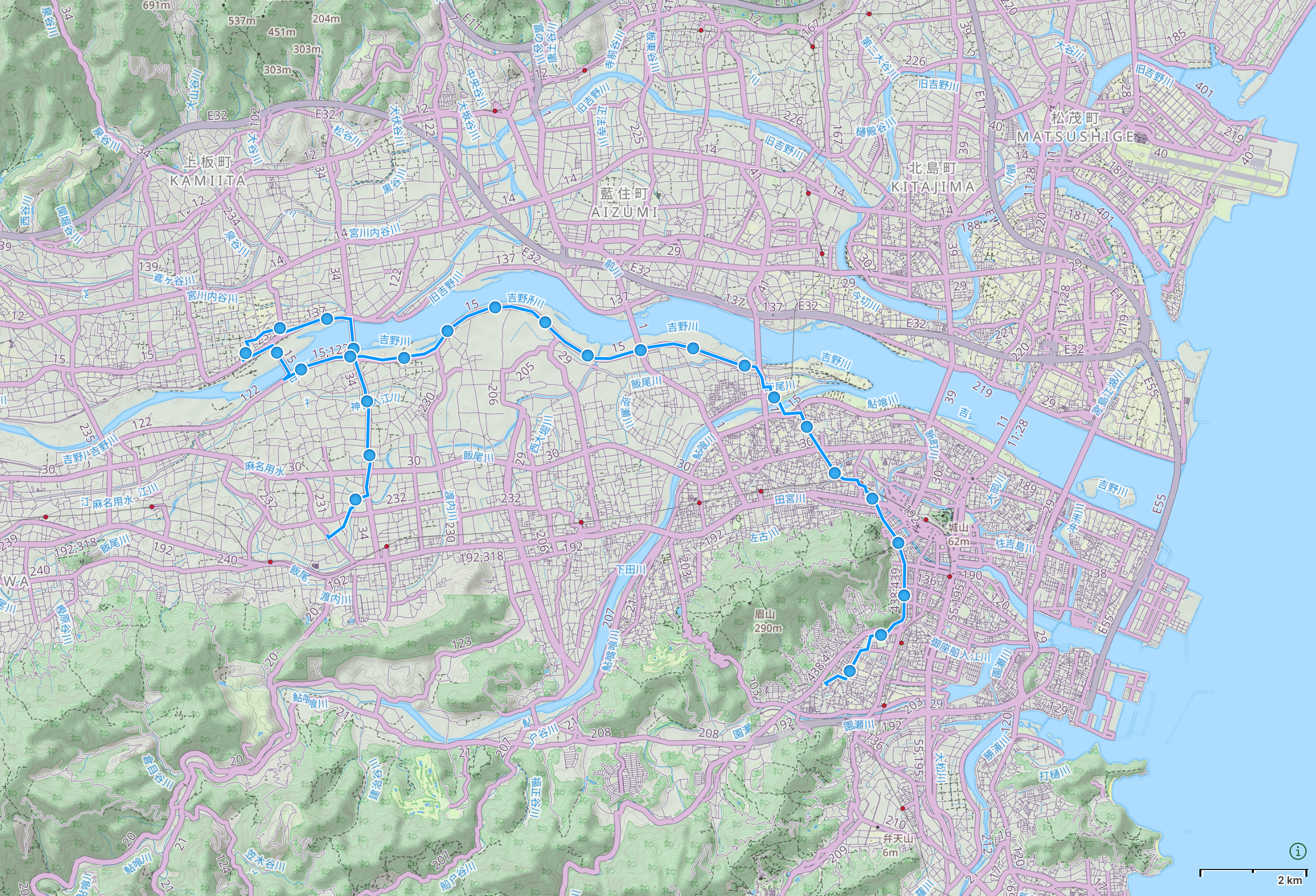
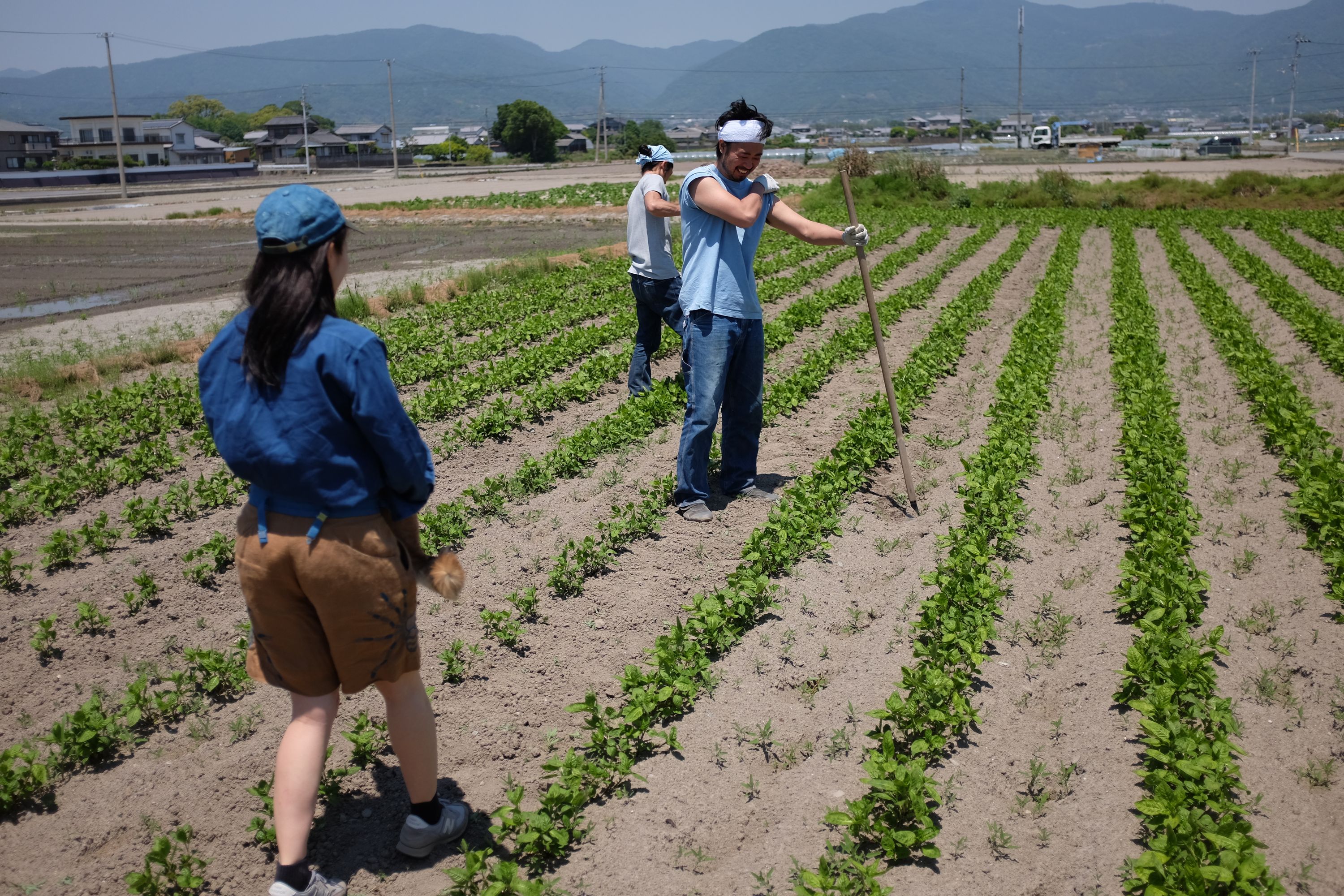
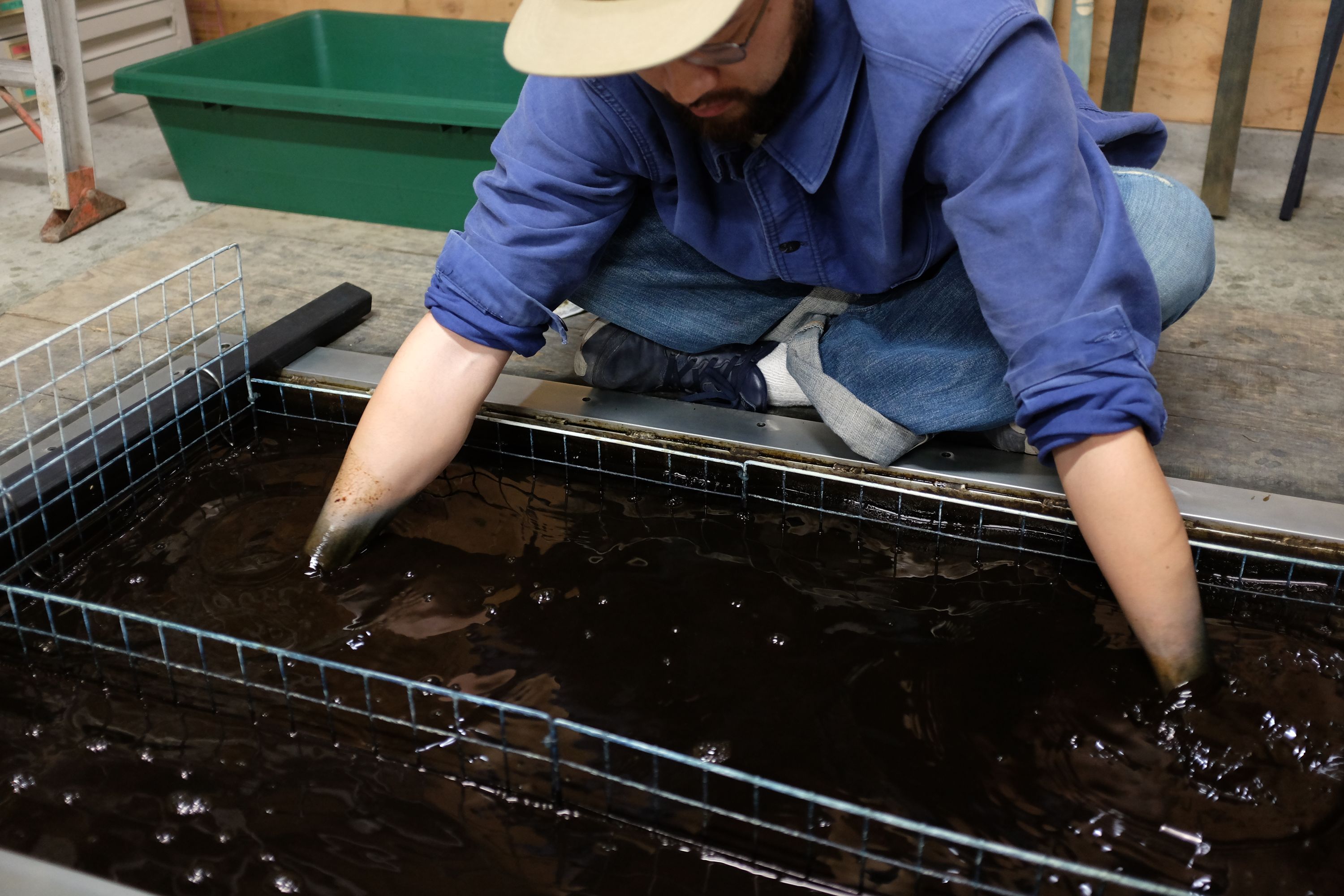
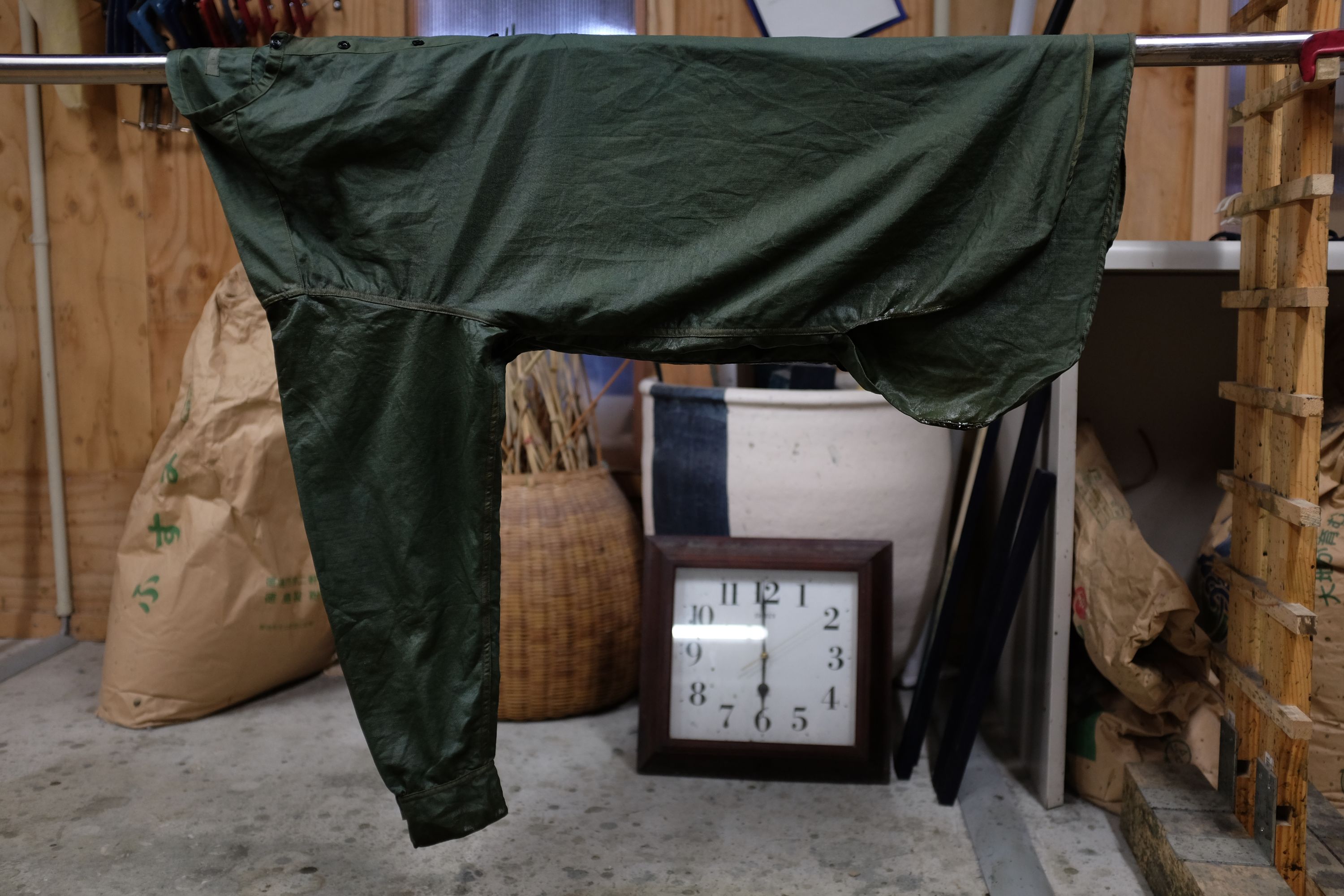
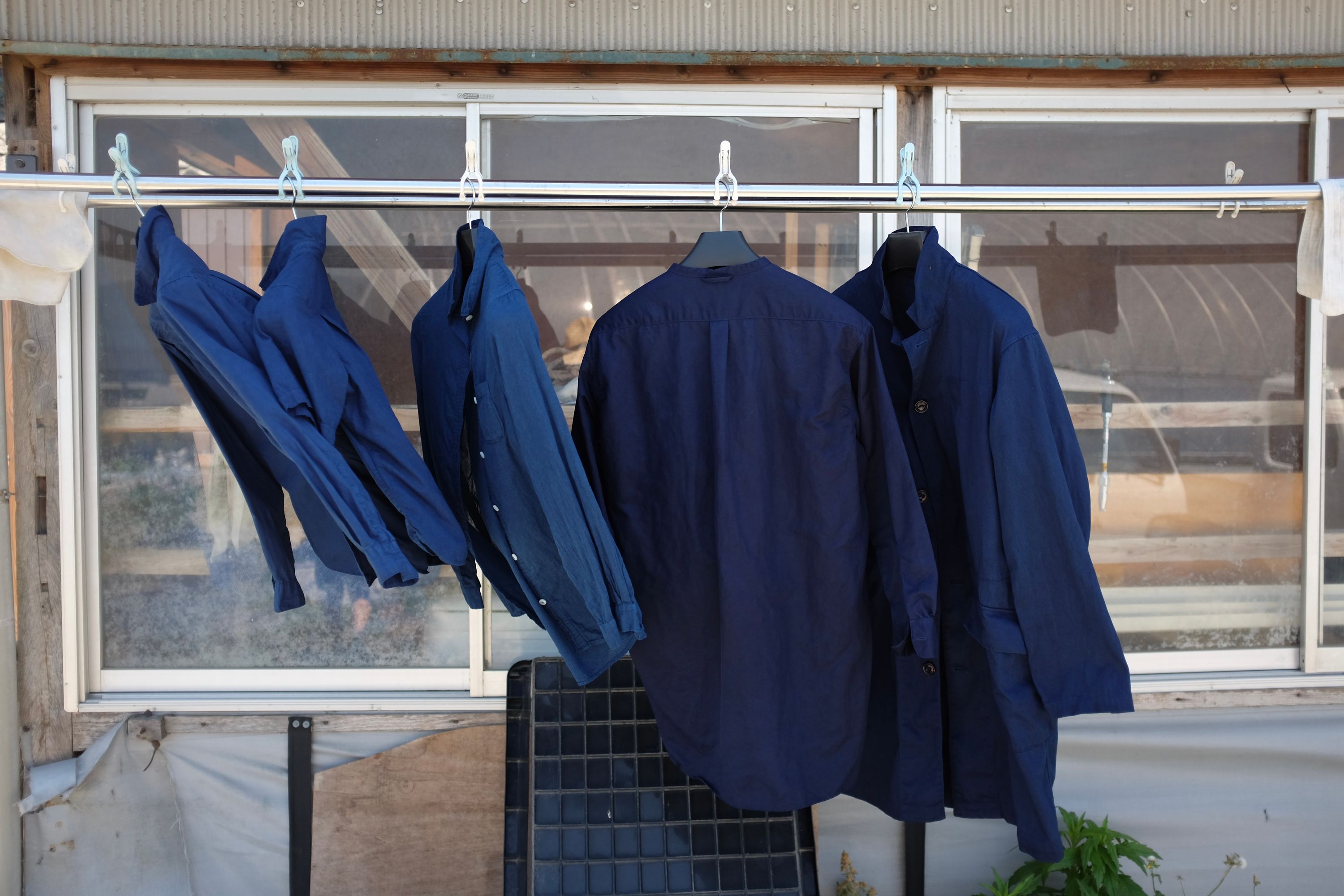
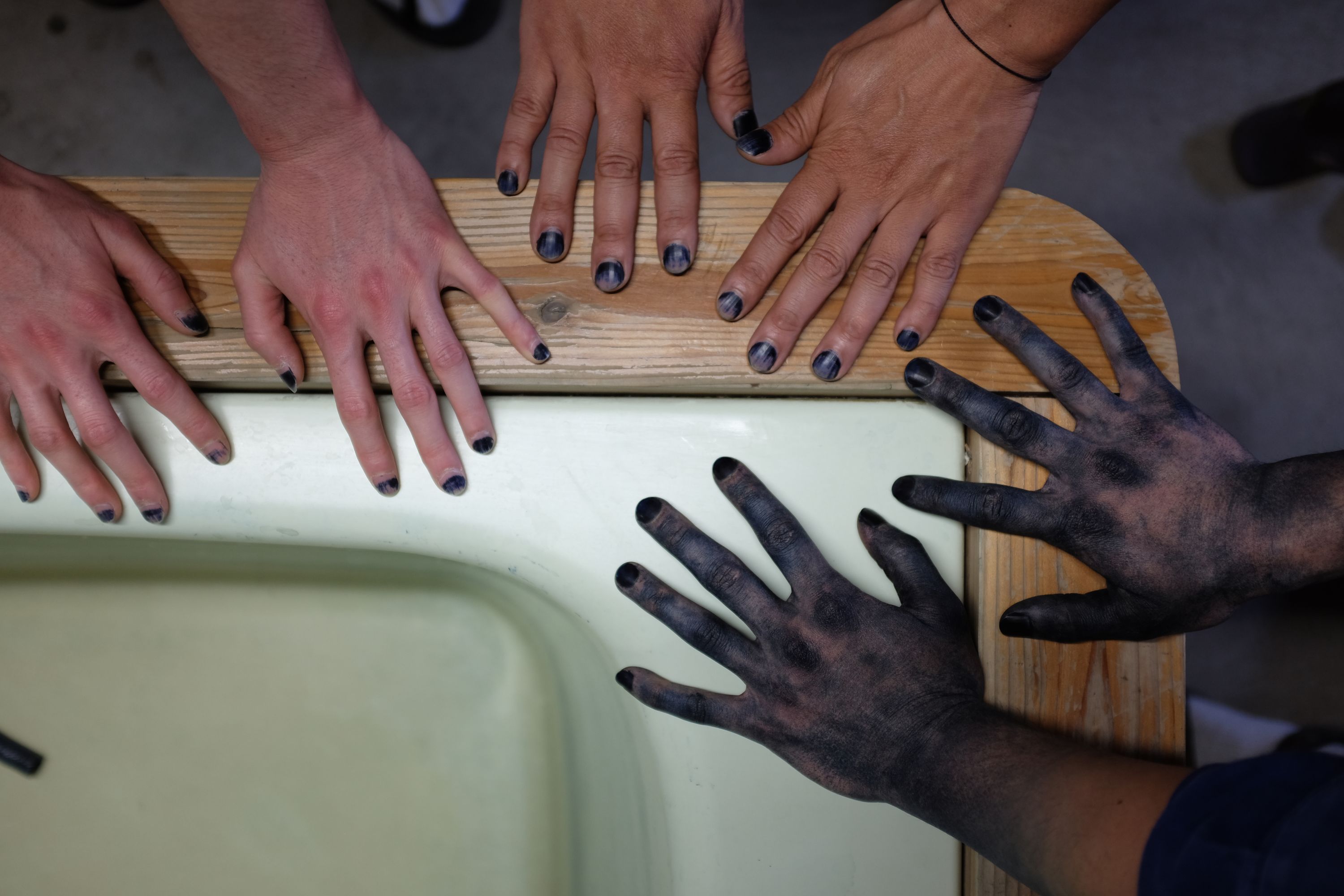
If you see men with deep blue nails, and you’re not in a fight, a gay bar, or an art school, you’re probably on the plains of the Yoshino River in Tokushima. This icepick-thin wedge of flat land has been the center of the Japanese indigo industry for centuries, until synthetic dyes and cheap imports decimated it to an extent that only five producers remained.
“We are now the sixth,” Nishimoto Kyōko said, after I had crashed the morning meeting of Buaisou, the absurdly artisanal studio she manages. It is an indigo-stained middle finger to mass production: they grow their own plants, ferment their own dye, and ultimately make their own clothes, the color of fairy tale night skies.
I shelled a bag of horse beans while the boys weeded the indigo in the hot sun, then Kyōko made us a comically un-Japanese lunch. Then, in this medieval-postmodern wonderland, the two of us reminisced about our travels in the Islamic world.
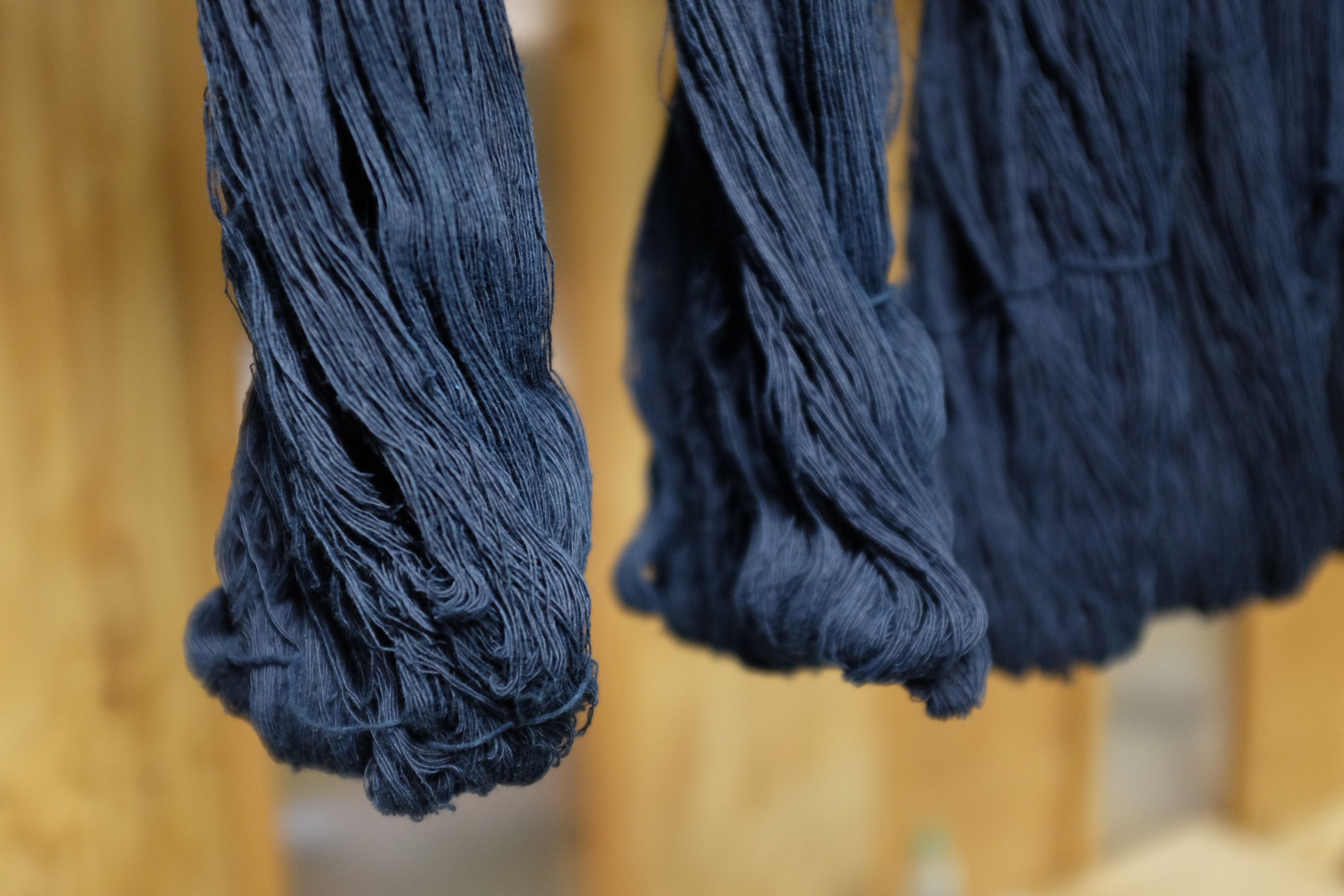
Just as I was about to leave Buaisou, Kyōko brought me a sample of their denim. To someone who has never owned a pair of proper jeans, it was like a piece of medieval battle dress a Japanese army could have worn to fight the silk-armored Mongols. Yarns for their first production batch were oxidizing on a pole.
I walked along the Yoshino River into Tokushima City, whose drinking holes were hung with indigo banners.
